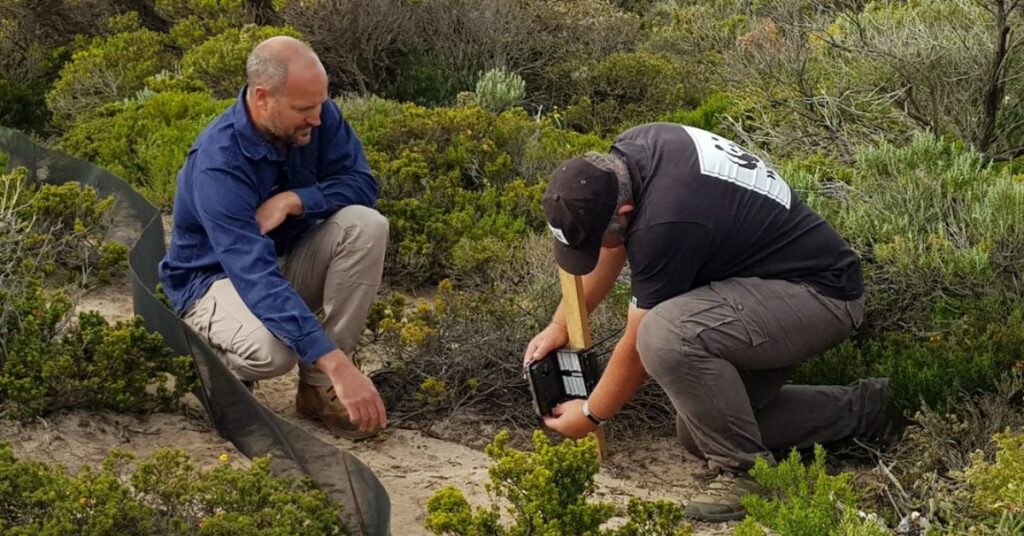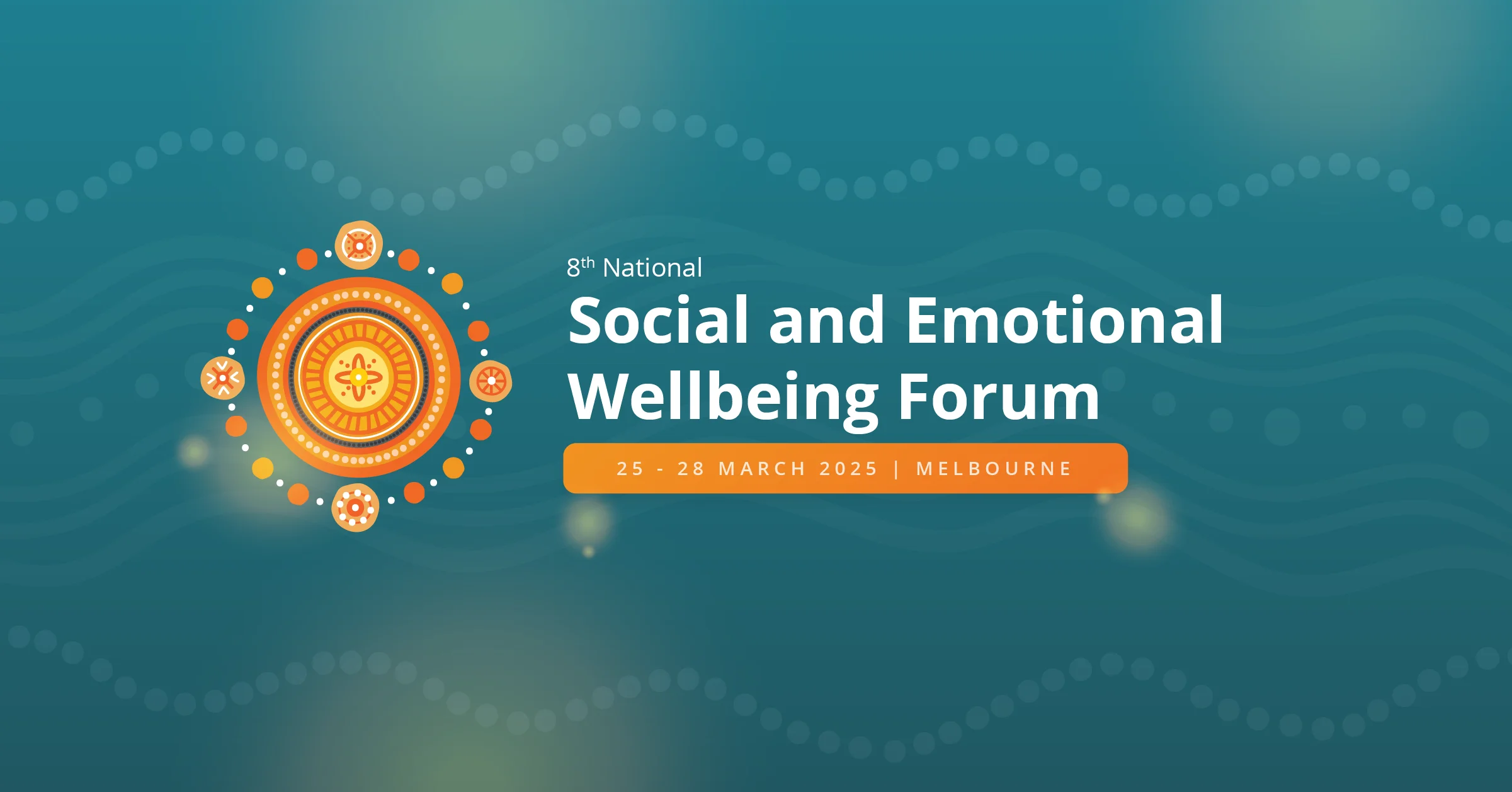One of the largest sensor camera projects ever undertaken in Australia has collected more than 7 million photos from bushfire-affected regions —with some stunning images giving signs of hope for wildlife recovery.
Perhaps most excitingly, the Eyes on Recovery project detected Kangaroo Island dunnarts in encouraging numbers at virtually every site on Kangaroo Island where cameras were deployed.
That’s despite initial fears for the critically endangered species survival after a fire scorched more than 90% of the dunnart’s habitat.
Other uplifting images include koalas photographed surviving in parts of the Blue Mountains and South East Queensland where the entire forest canopy was severely burnt, and previously unrecorded colonies of brush-tailed rock wallabies discovered in fire-ravaged habitat in Northern NSW.
Normally solitary echidnas were also captured in a rarely witnessed sight – an echidna train – a mating ritual involving multiple amorous males following a female for weeks.
But the project has reinforced the invasive species problem in Australia with captured images of foxes, feral cats and pigs, and even a cane toad in Northern NSW.
One image of a fox walking through snow looked like a scene from Europe, instead, it was taken in East Gippsland in Victoria.
While these photos are concerning, they are also helping to inform plans for dealing with invasive species in bushfire areas.
The Eyes on Recovery project is a collaboration between WWF, Conservation International, and local land managers and research organisations – with the support of Google.
AI technology was trained to identify more than 150 Australian animals to track the recovery of threatened species following the 2019-20 bushfires.
Researchers collected more than 7 million photos from sensor cameras installed in eight fire-affected regions, including the Blue Mountains, Hunter and Central Coast, North Coast, South Coast and the Southern Ranges in NSW, East Gippsland, Kangaroo Island and South East Queensland.
The photos have been analysed by Wildlife Insights, a groundbreaking cloud platform that uses artificial intelligence and machine learning technology developed by Google to identify species.
Wildlife Insights has been trained to identify nearly 1300 species, from elephants to orangutans, but this is the first time the platform has been tested on Australian wildlife.
“The AI model had never seen Australia’s unique animals before, so when we started uploading images it was identifying wombats as pigs and kangaroos as deer,” said Dr Emma Spencer, WWF-Australia’s Eyes on Recovery Program Coordinator.
“Now, after training, the model can recognise species like eastern grey kangaroos, wombats, koalas and spotted-tailed quolls with more than 90% accuracy.”
Dr Spencer said it’s also the first time an AI model has learned to identify rarer species such as the Kangaroo Island dunnart.
“This is really remarkable as dunnarts look very similar to other small mammals like mice and even trained researchers can have difficulty telling the species apart,” she said.
More than 4 million pre-identified photos of Australian animals were uploaded to Wildlife Insights to train the platform.
“Like humans, AI models get better at recognising animals if they can look at thousands and thousands of images. We deliberately include ‘bad photos’ showing only parts of animals like a kangaroo tail or koala ears, as these help improve the accuracy of the AI,” said Jorge Ahumada, a senior wildlife conservation scientist at Conservation International.
Related: Australia must commit to the recovery of all threatened species, not a select few
“The world is experiencing biodiversity loss at a scale never seen in human history, a crisis just as impactful to human wellbeing as climate change. Expanding the use of innovative conservation technologies, like Wildlife Insights, is proving to be one way to enhance monitoring and protection efforts across the globe.”
The AI model has now become a powerful tool in helping researchers to identify wildlife that survived the bushfires and determine where recovery actions are needed.
“This technology is a game changer for Australian researchers and land managers. Wildlife Insights can save researchers hundreds of hours of time reviewing images that don’t contain animals or contain very common species, allowing them to focus on the species they’re monitoring,” said Dr Spencer.
“We hope this will contribute to more rapid post-fire management action to help us safeguard our threatened Australian species.”
Tanya Birch, Program Manager at Google Earth Outreach, said the project proves the value of AI to gather data and insights that were not previously accessible.
“Google is proud to support WWF, Conservation International and local researchers on this ground-breaking project to monitor post-bushfire recovery of Australian species.”
“These fascinating and heartwarming results show the real-world application of AI in Australia, and the value of this technology to provide rich, actionable insights – with more efficiency and accuracy than ever before.”
More than 1,100 sensor cameras have been installed across fire-affected regions for Eyes on Recovery and they are providing encouraging signs following the 2019-20 bushfires.
“There’s almost nothing better than seeing a threatened species on camera in a place where you least expect it,” said Dr Spencer.
“This program is one of the many ways we are partnering to support conservation efforts and help build a stronger digital future for Australia,” said Birch.












